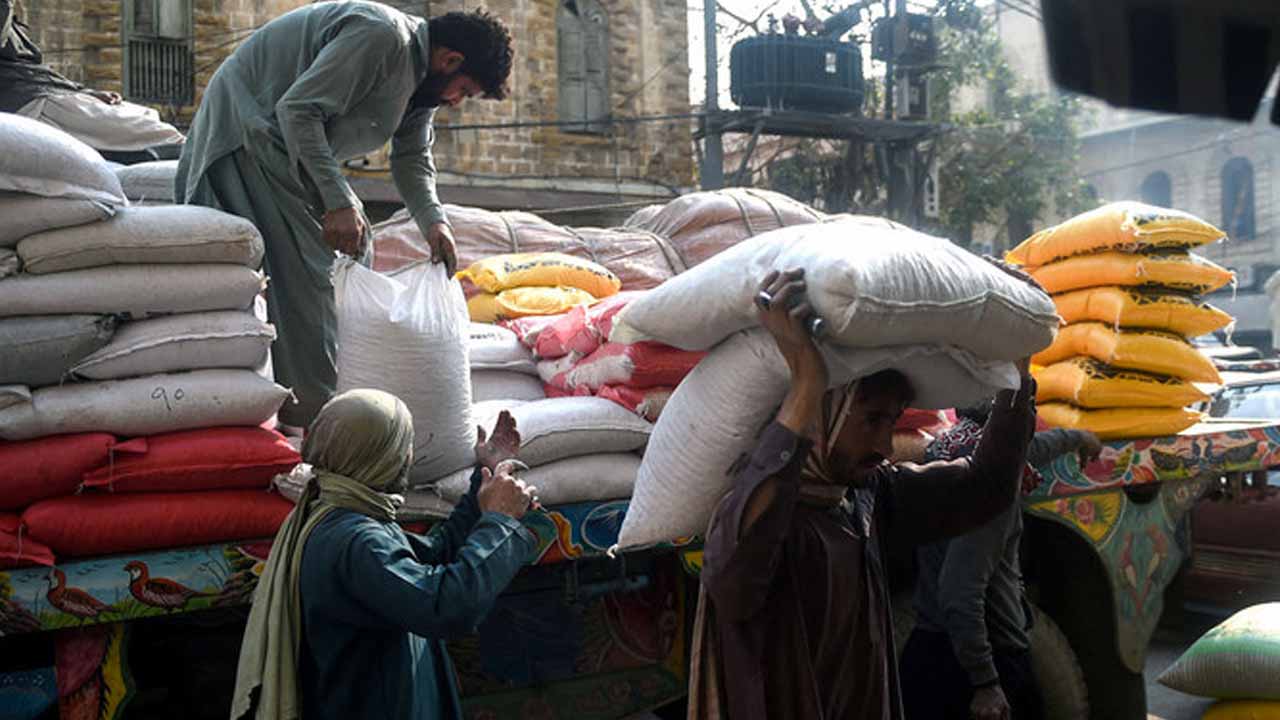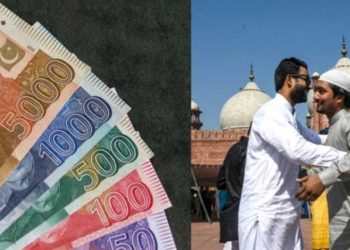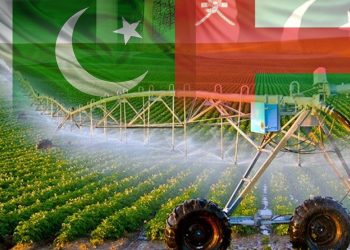According to the General Administration of Customs of the People’s Republic of China, Pakistan’s rice export to China in the first half of this year is estimated to be worth $345 million, up from $258 million in the same time last year.
In the fiscal year 2021–2022, Pakistan’s rice exports increased by 23% and totaled US$2.511 billion, up from US$2.041 billion in the previous fiscal year.
Pakistan exported 4.877 million tonnes of rice in the fiscal year 2021–22 compared to 3.684 million tonnes in the fiscal year 2020–21, a rise of 32.35 percent, according to government figures. Areas used for rice production have increased during the past few years.
3,537 thousand hectares were planted with the crop, an increase of 6.1 percent from 3,335 thousand hectares the previous year. According to China Economic Net (CEN), the production of rice reached a new high in 2021–2022 of 9.323 million tonnes, an increase of 10.7 percent above the 8.420 million tonnes produced the year prior.
A significant factor in the growth in Pakistan’s rice exports, in addition to the increase in land, is the increase in rice production. To encourage large yields, it is crucial to refresh excellent varieties and apply cutting-edge technologies. Some old local rice types have been replaced with hybrid rice from China.
In Pakistan, the Longping South Asia Seed R&D Center has created high-yield varieties with robust stress resistance, with yields of up to 150 monz/ac. The frequent use of high-tech hybrid seeds in agriculture, according to Shahzad Ali Malik, Chairman of the Pakistan Hi-Tech Hybrid Seed Association (PHHSA), might significantly help achieve the ambitious US$35 billion export objective with the motto of “Grow More-Export More.”
In a recent interview, the R&D Center’s Chief Scientist, Long Chunjiu, stated that Pakistan has a significant potential for rice export, where hybrid rice seeds can be crucial. In comparison to other traditional seeds, high-tech hybrid seeds are providing yields that are twice as high.






